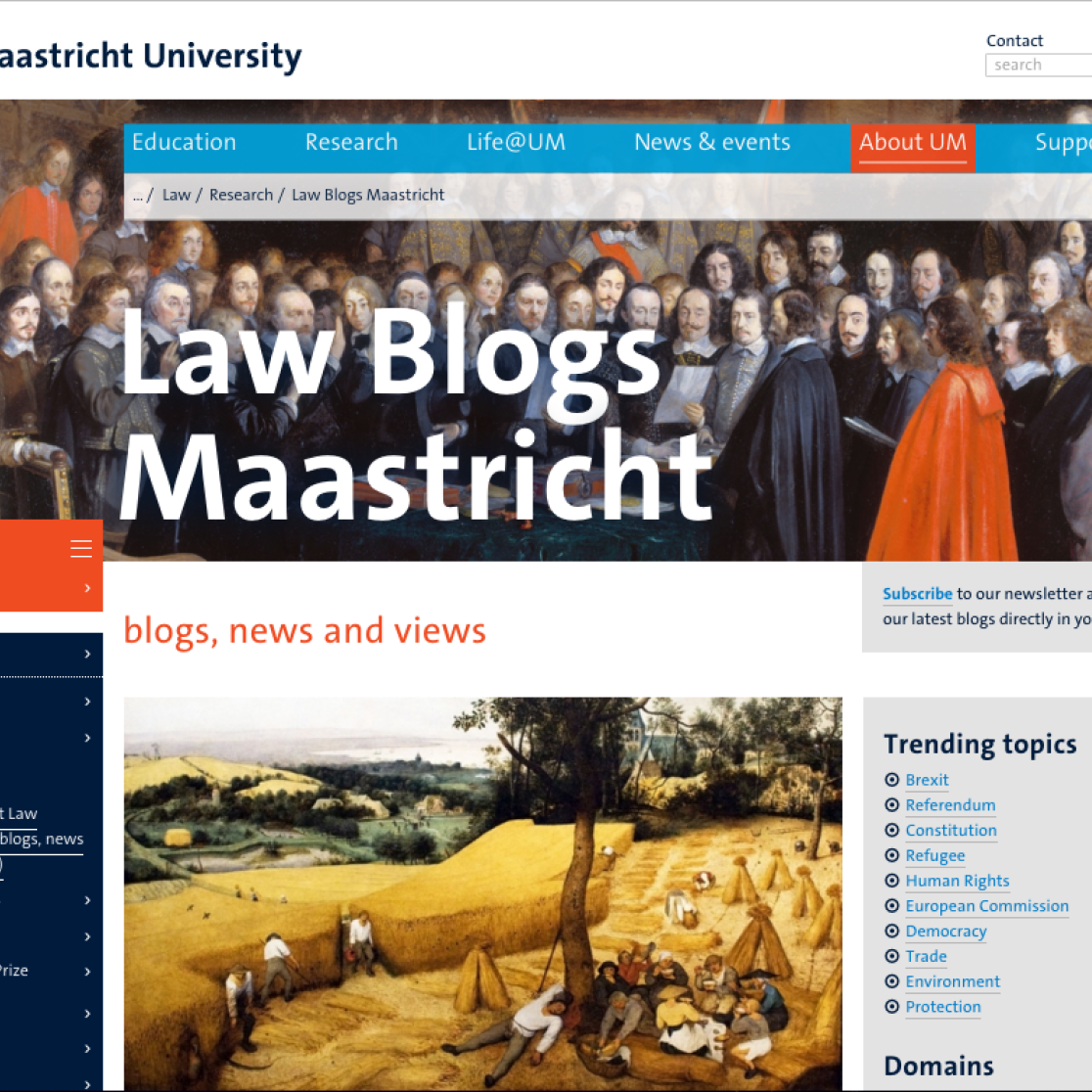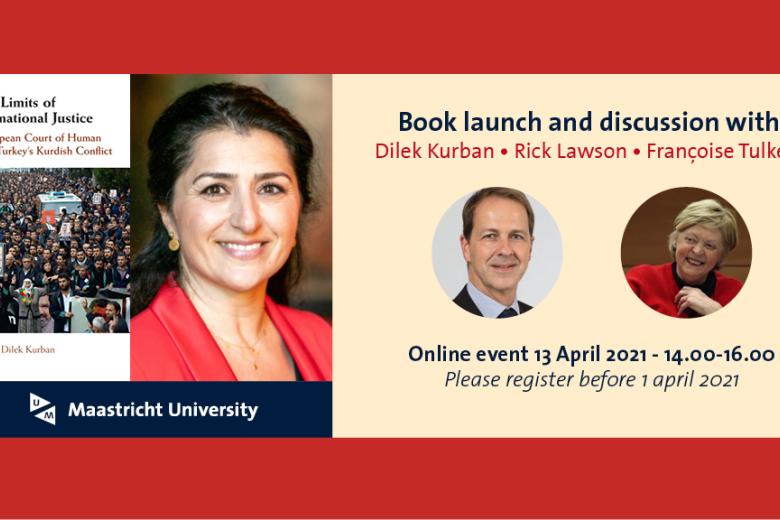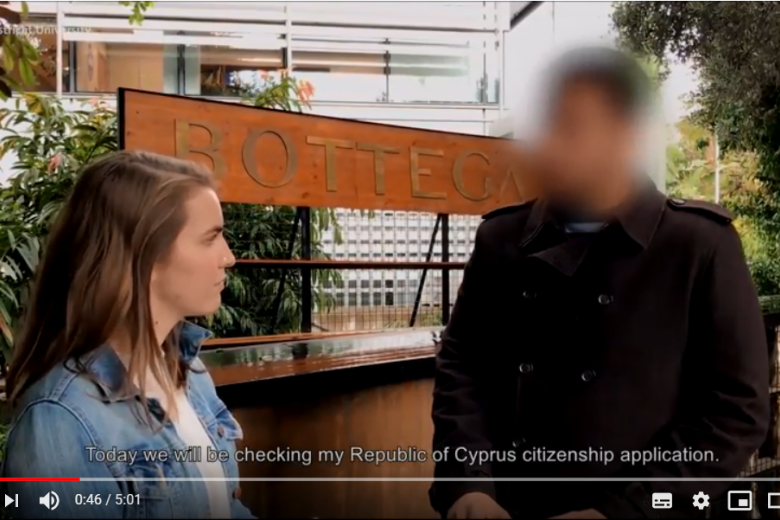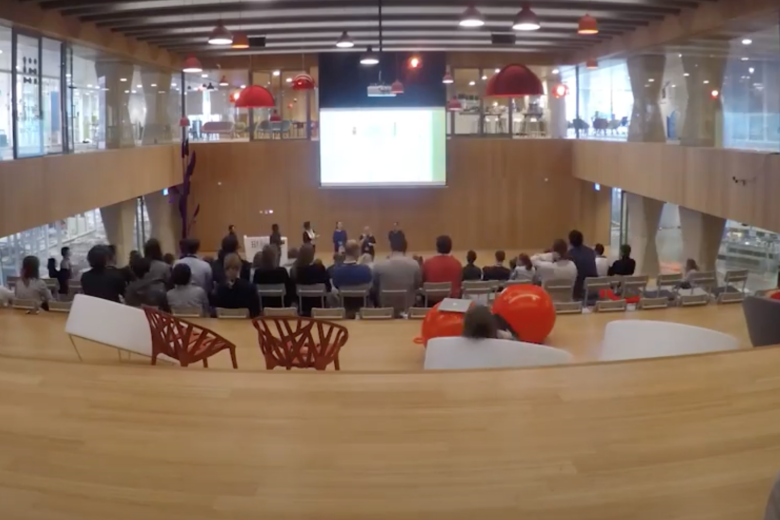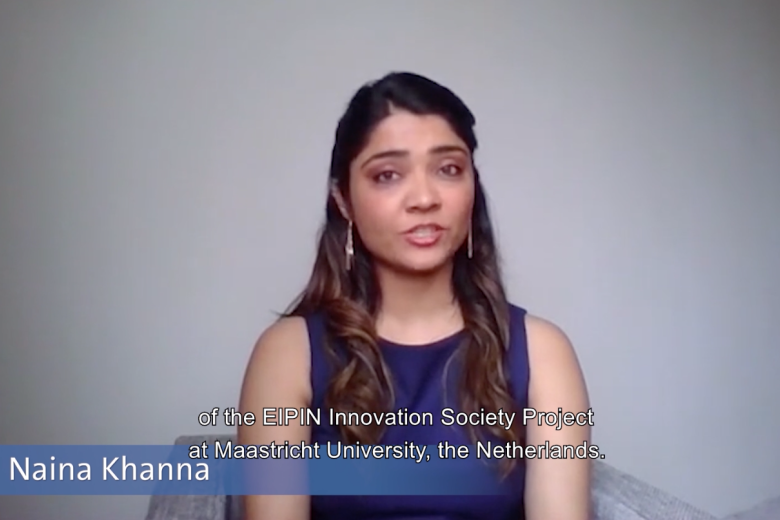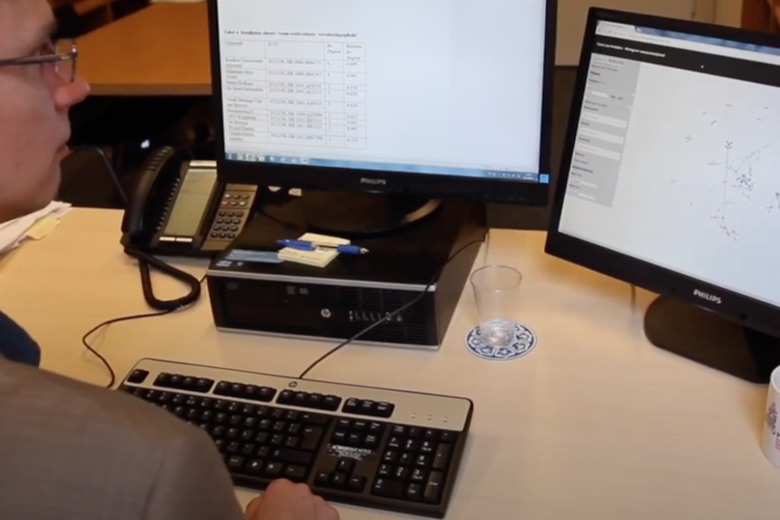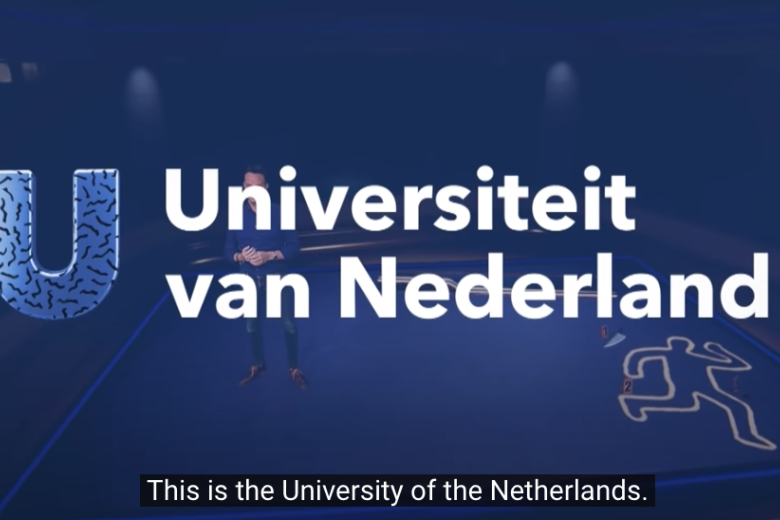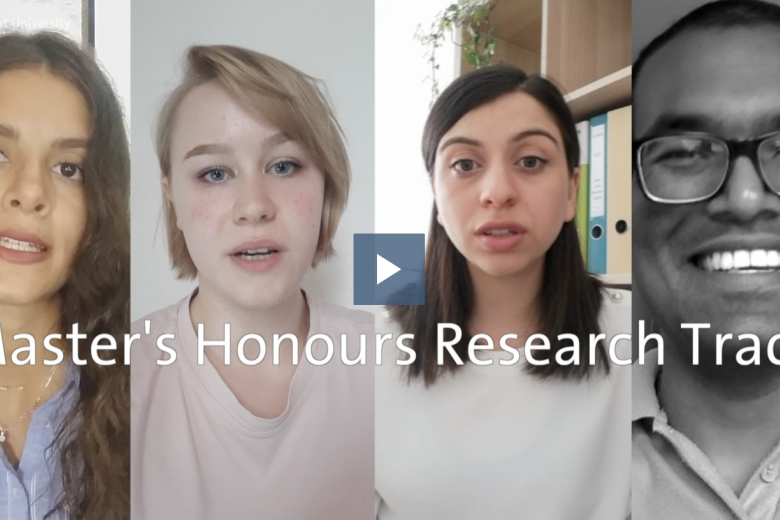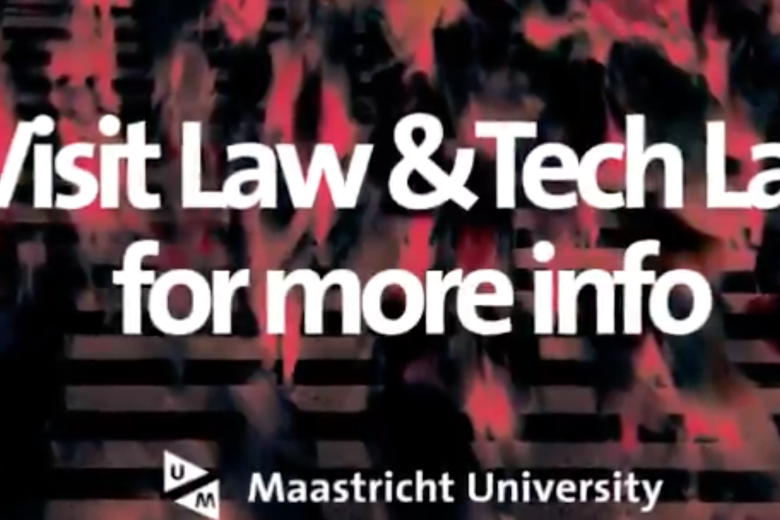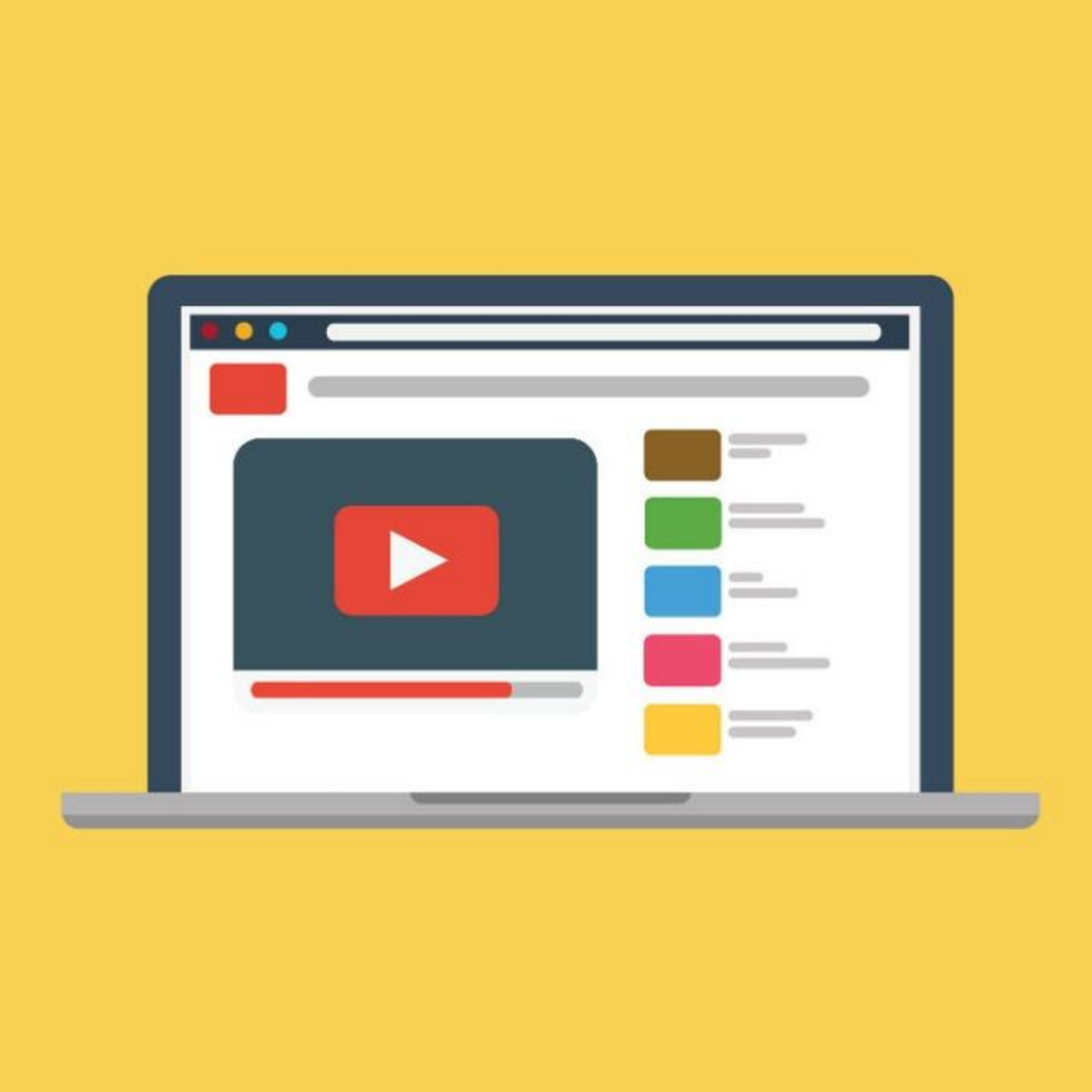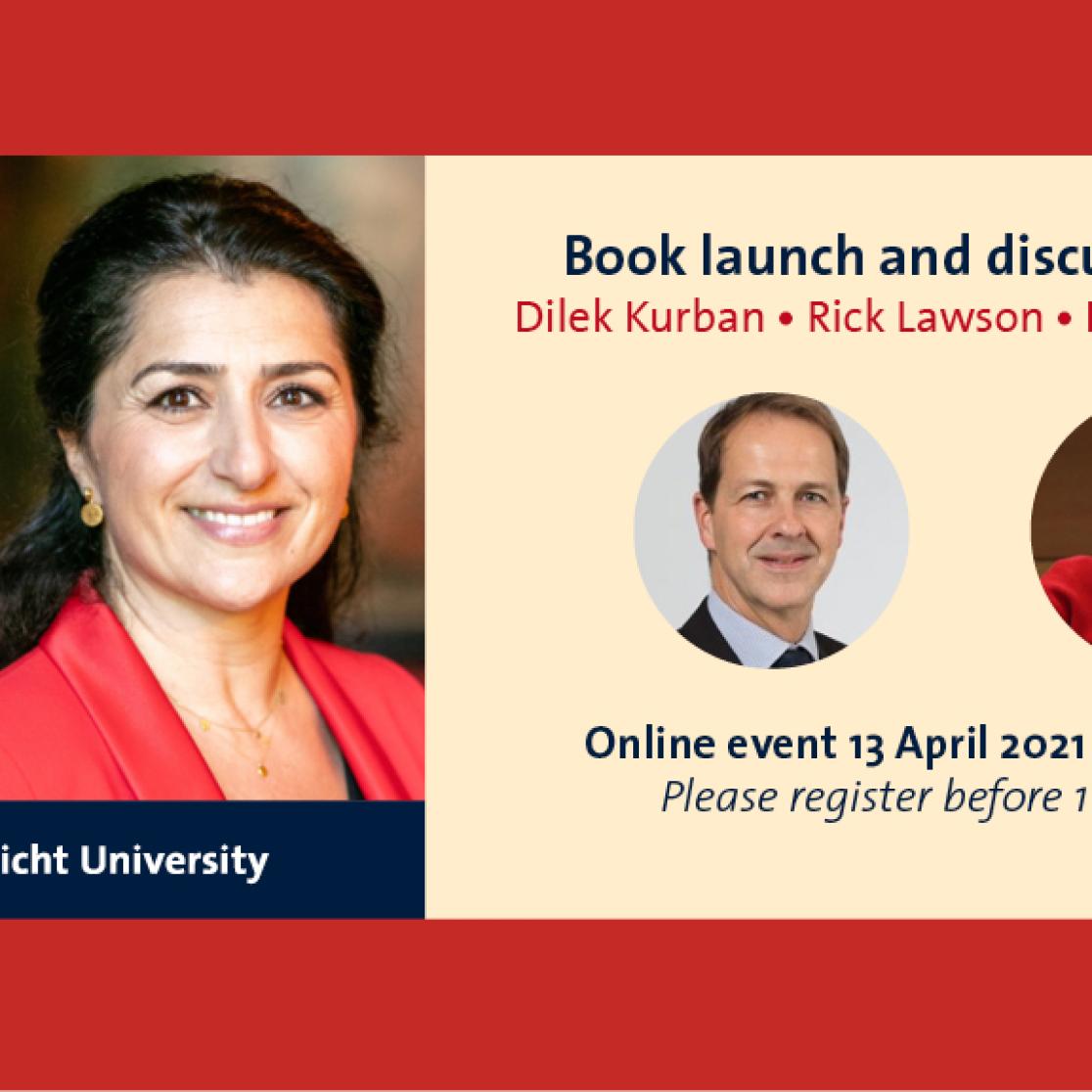How Vivid is your Imagination?
Imagine a juicy apple. Is it red or green? How much detail do you see? How vivid does the image feel?
We are looking for healthy participants (16 years or older) to participate in a project that investigates our ability to create images like this in our mind. We are interested in the wide range of mental imagery vividness from weak or absent to very strong and vivid - and anything in-between. As a first step, we need to collect a database of people with a wide range of mental imagery vividness to help us get an overview of the variation in our sample.
Filling in the online questionnaire will take you only around 5 minutes.
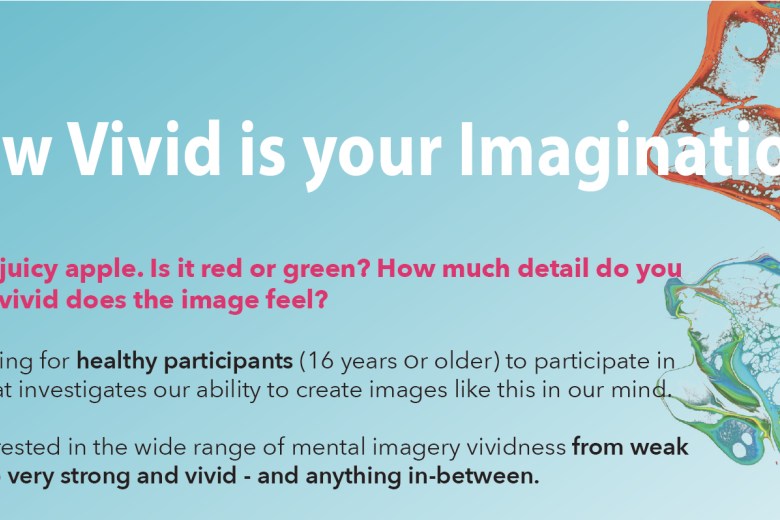
Does your memory perform well under pressure?
To investigate how different types of memory perform under pressure, and how hormones influence this, we are looking for student participants.
Who?
Healthy (fe)males, 16 - 35 years
Who not?
Individuals with cardio-respiratory disease, pregnancy, >10 cigarettes/week, psychological disorder
Where?
Universiteitssingel 40
Duration?
90 min and is rewarded with 1.5 SONA point or a raffle 1/5 change to win 20euro (cadeaubon.nl voucher)
In this study you will be randomly placed in one of two conditions: a control condition or a condition in which you will do a test with cold water that can cause a feeling of discomfort and can be painful. Both conditions are followed by two different memory tests. Females will fill-in some questions regarding their hormonal cycle.
Interested? Sign-up by sending an email to fpn-mupstudy@maastrichtuniversity.nl
Brain Research and Integrative Neuroscience Network for COVID-19 (BRAINN)
UM is part of the twinning project Brain Research and Integrative Neuroscience Network for COVID-19 (BRAINN), together with the University of Cyprus (Cyprus), King’s College London (UK) and the University of Ghent (Belgium). BRAINN aims to characterize the effects of COVID-19 on brain health and to elevate the standards of assessment, diagnosis, prognosis and treatment of patients with mental health and cognitive problems due to COVID-19. To this purpose, the University of Maastricht is conducting an online study using different cognitive assessment tools adapted in Dutch to explore neuropsychological deficits in people with prolonged COVID-19 (compared to general Dutch population); that is, people who still experience difficulties, despite the end of the disease. The participation is open to all Dutch-speaking population, and it’s the first of its kind in the Netherlands. For more information, please visit https://www.ucy.ac.cy/brainn/welcome/ and, if interested in participating, please click here.
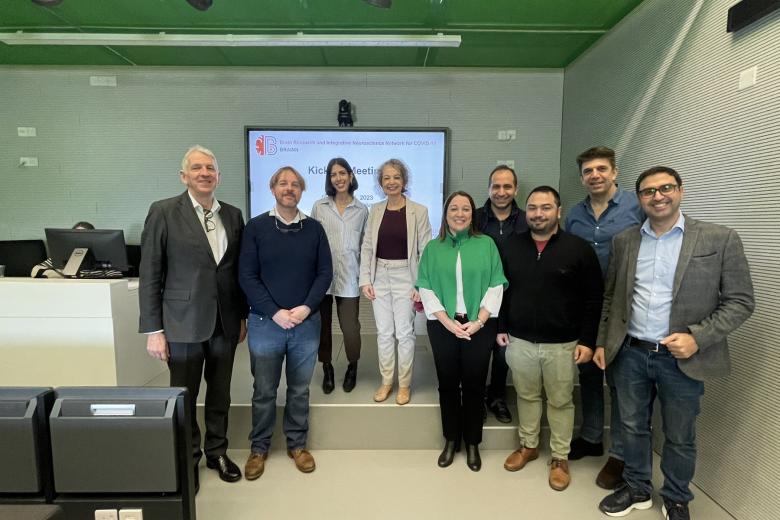
Participate in a VR study with medication
70 euro compensation – July participation possible
We are looking for participants in a new VR study that investigates whether the formation of unwanted and distressing thoughts after a traumatic experience can be prevented. This is done by administering an over the counter medication in the form of a nasal spray that could temporarily disrupts memory storage. This medication is compared to a nasal spray with no effects.
Are you taking part in the study?
It will take about 5.5 hours in total spread over 4 sessions and you will receive 70 euros.
First, there is a 30-minute screening, followed by the test day of about 3.5 hours, of which you may do something for yourself for 1.5 hours. Both sessions take place at the Faculty of Psychology and Neuroscience (Randwyck). After the test day, you will use an app to keep a diary on your smartphone for 7 days (about 5 minutes per day). An online interview of 15 minutes occurs after this week, followed by a second online interview of 15 minutes one month later.
Interested?
First, we want to know if you are eligible to take part. Therefore, we will do a short telephone screening.
Please send you phone number to fpn-cogintruders@maastrichtuniversity.nl
Unlock Your Perceptual Potential!
Ever thought about how our eyes make sense of the world around us? The adventure into perceptual skill learning awaits, and we want YOU to be part of the journey!
👀 What's In Store?
At our cutting-edge Perception Lab, we're running multiple projects simultaneously focused on visual perceptual learning. Whether you're into orientation discrimination, texture segregation, or contrast sensitivity – there's a study for everyone! Visual perceptual learning is like a workout for your brain's visual processing. It's the process through which your brain hones its ability to interpret and make sense of visual information. Picture it as a fascinating journey where your neurons get into shape, enhancing your ability to discriminate subtle differences, segregate textures with finesse, and amplify your contrast sensitivity.
🚀 Why Participate?
- Flexibility: Choose projects that align with your interests – short term (five days), long term (up to 6 weeks), the choice is yours!
- Compensation: Earn while you learn! We offer monetary rewards or SONA credits (up to 7 credits) for your time and dedication.
- Be the Scientist: Contribute to scientific discovery and be at the forefront of interesting research
🔍 How to Join the Fun:
Simply shoot us an email expressing your interest, and we'll guide you through. Send an email to ylka.kolken@maastrichtuniversity.nl and we will figure out what study suits you best!
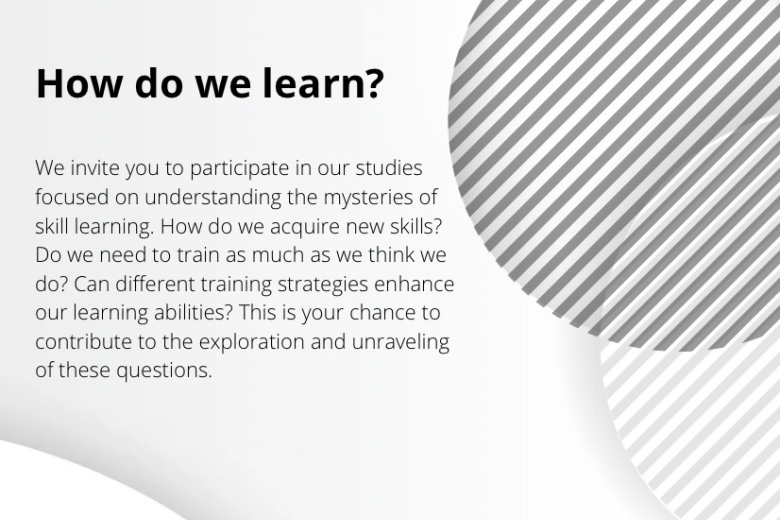
WOW! Where did the grey square go?
Imagine you would only see objects and surface’s boundaries but nothing in-between. You would not be able to grasp objects. Functional visual perception requires perceiving edges as well as filling-in the surfaces within. How do we fill-in surfaces?
We are running a behavioural-fMRI study to understand the underlying mechanisms of surface filling-in.
Your task will be to indicate when the grey square is filled in by the background texture and completely disappears.
The study consists of at least 3 sessions. The first session is a behavioural session with eye-tracking of ~1h30 maximum in the psychophysics lab to assess your focus, your capacity to continuously fill-in this square. If the behavioural results show enough filling-in, we will continue with two fMRI sessions of ~2h each.
You can be compensated by 1 SONA points or 7.5e per hour for all of the sessions.
If you are interested, motivated and able to focus well, please send an email to anna.razafindrahaba@maastrichtuniversity.nl and kenshu.koiso@maastrichtuniversity.nl
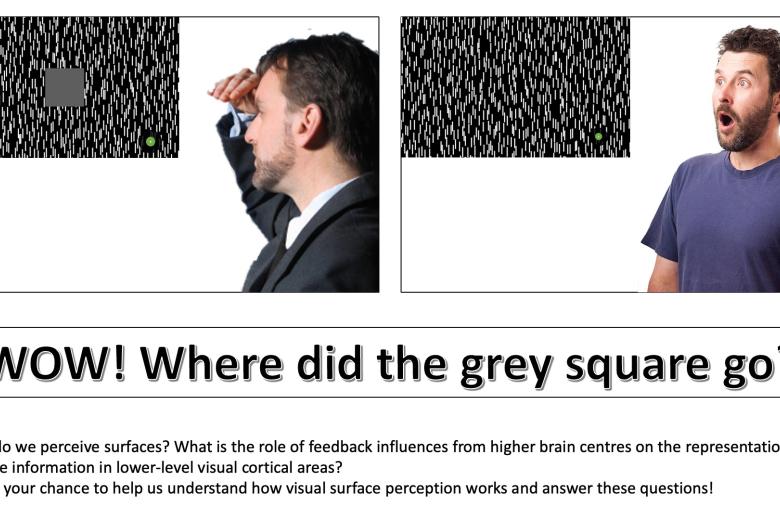
Effects of lysergic acid diethylamide (LSD) on brain activity and social behaviour
Maastricht University has started a study regarding the effects of LSD (lysergic acid diethylamide) on brain activity and social behavior. For this study, we seek:
HEALTHY VOLUNTEERS (18 - 35 years old) IN A RELATIONSHIP: Who have previously used a psychedelic drug (e.g.: 2C-B, truffles, magic mushrooms, LSD, DMT, mescaline), and who will participate with their partner.
You will participate in this study with your partner. On two separate dosing days you will both visit the lab, and will both randomly receive either LSD or placebo. Together, you will undergo a 1 hour EEG session, which is a brain imaging technique that records electrical activity of your brain. You will do a series of computer and talking tasks with your partner to see how social you feel. Some of these tasks will be video and audio recorded. Blood samples will be taken at various intervals through a tube in your arm. These days will last 8 hours, so you will need to be comfortable with sitting still for long periods of time.
After the dosing day, there will be 2 follow-up days. One day you will visit the lab with your partner, and complete tasks and questionnaires asking about how social you feel. One day you will complete a questionnaire at home alone, asking about your relationship quality and sexual activity. Additionally, up to 4 days after a dosing session, you will be asked short questions about how you feel via an app on your mobile device. This cycle will be repeated for two times, after a 14-day waiting period. The study ends once you have completed both drug conditions or choose to withdraw from the study.
Once getting into contact with us and deciding to participate, you’ll need to sign a consent form. After this, you will be asked to complete drug andmedical questionnaires alongside a medical screening to check study eligibility. The medical examination lasts approximately 45 minutes, and will precede the dosing days. The study consists of 5 visits, for a total 19 hours of participation across 4 weeks.
At the end of your participation in the study (if completed and depending on your task performance), you’d receive a remuneration of 190 Euros. In addition, all your travel fees would be reimbursed.
Curious about participating?
If you are interested or have any queries, you can contact us at: fpn-pim_p139@maastrichtuniversity.nl or call (043) 38 81382

How do you respond to pain?
Contact and sign up via SONA or pain-research-fpn@maastrichtuniversity.nl. Download the full flyer.
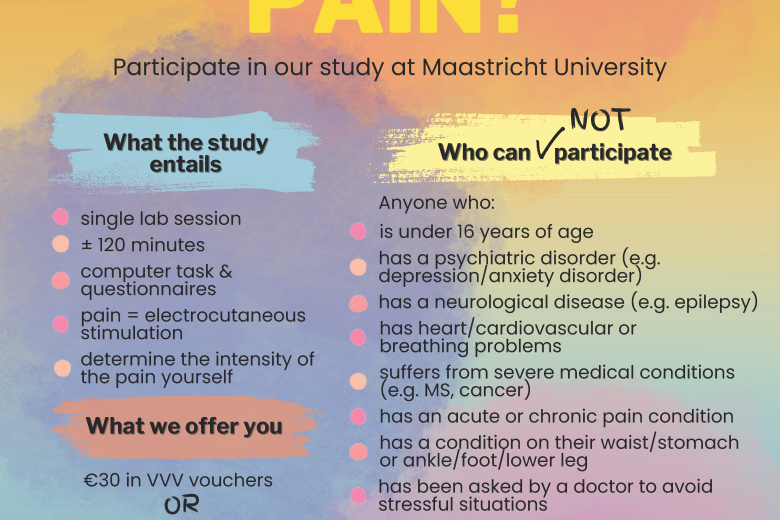
Student Mapping Study
Are you a student at either Maastricht, Leiden or Amsterdam (UvA) Universities? Do you own a smartphone and have a good knowledge of English? Then you might be the right participant for our 4-weeks smartphone study. We are curious to learn more about your daily life, behaviours and emotions
By participating in the study you can get 2 Research credits and up to 60€, or 75€ in VVV vouchers as compensation. Do you want to join? Click here.
-
Choose a study in the blue menu on the right>>>
-
How Vivid is your Imagination?
-
Does your memory perform well under pressure?
-
Brain Research and Integrative Neuroscience Network for COVID-19 (BRAINN)
-
Participate in a VR study with medication
-
Unlock Your Perceptual Potential!
-
WOW! Where did the grey square go?
-
Effects of lysergic acid diethylamide (LSD) on brain activity and social behaviour
-
How do you respond to pain?
-
Student Mapping Study

